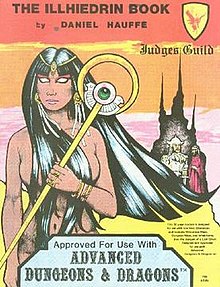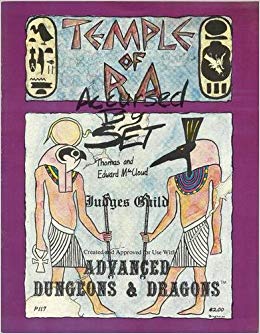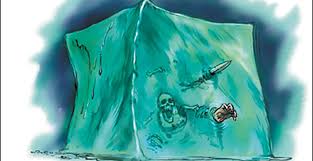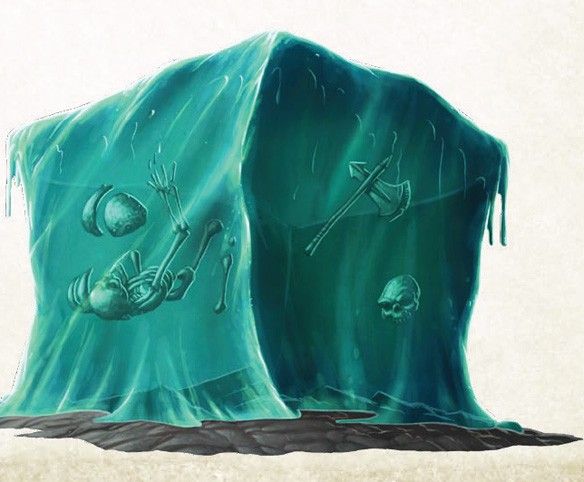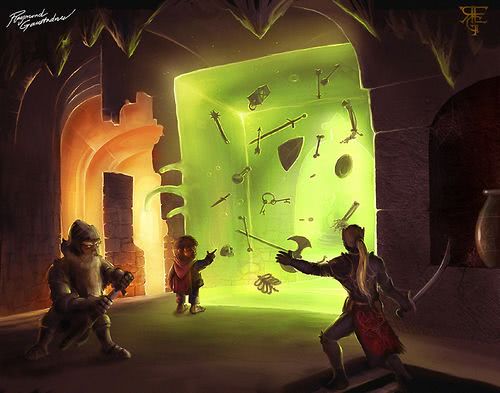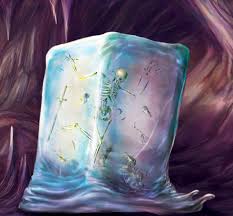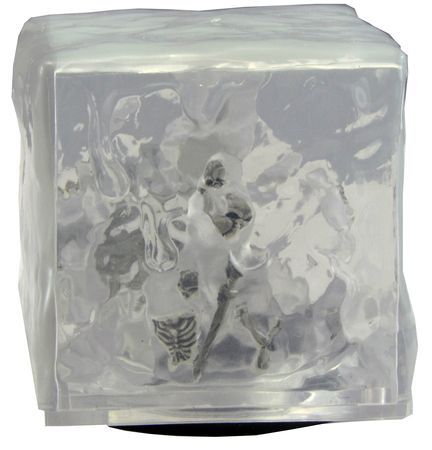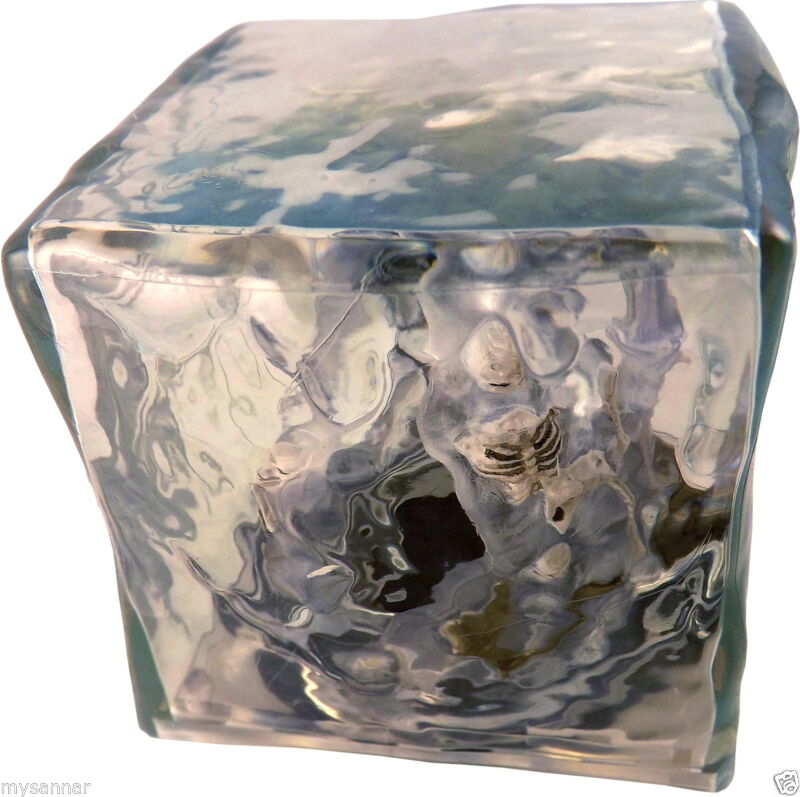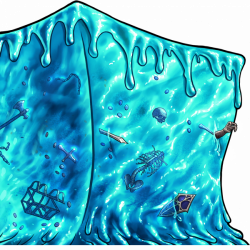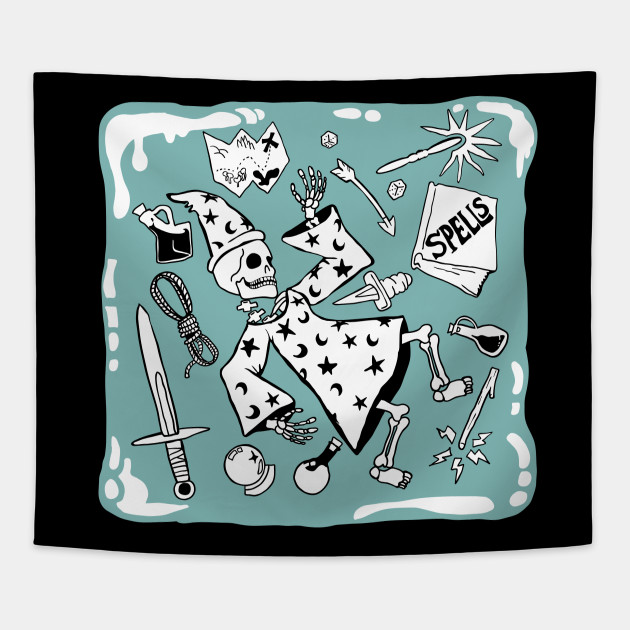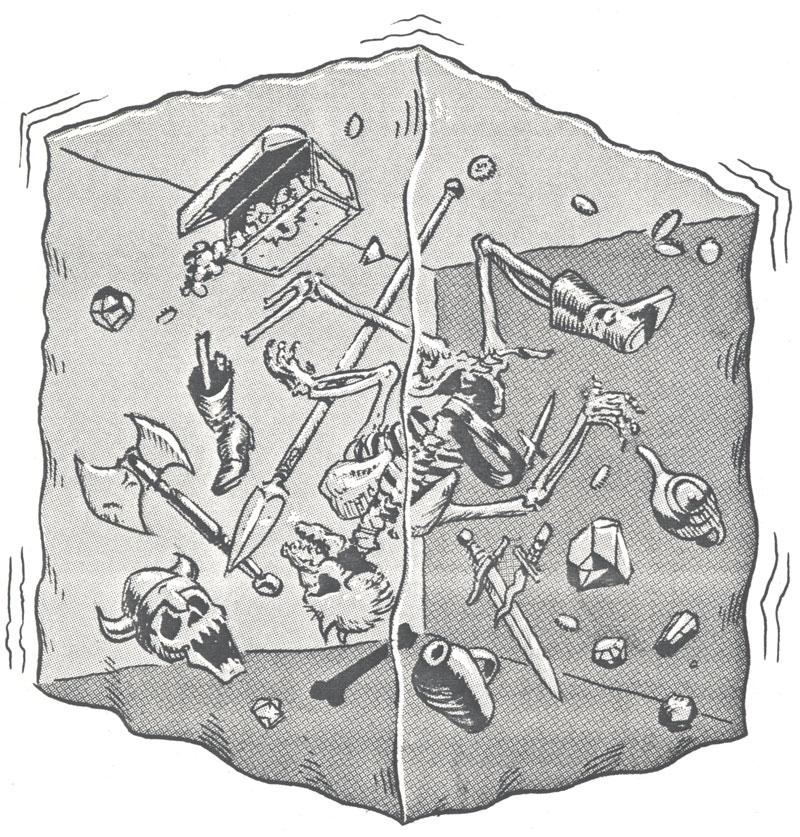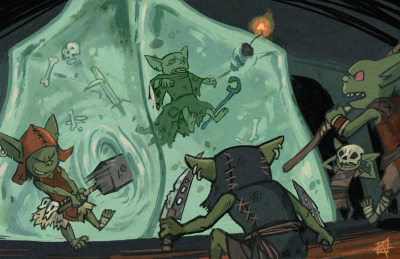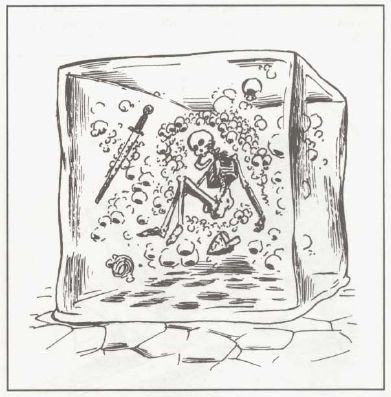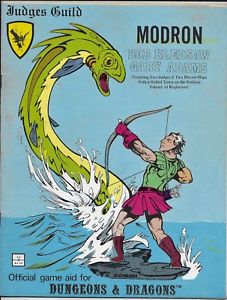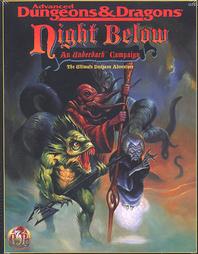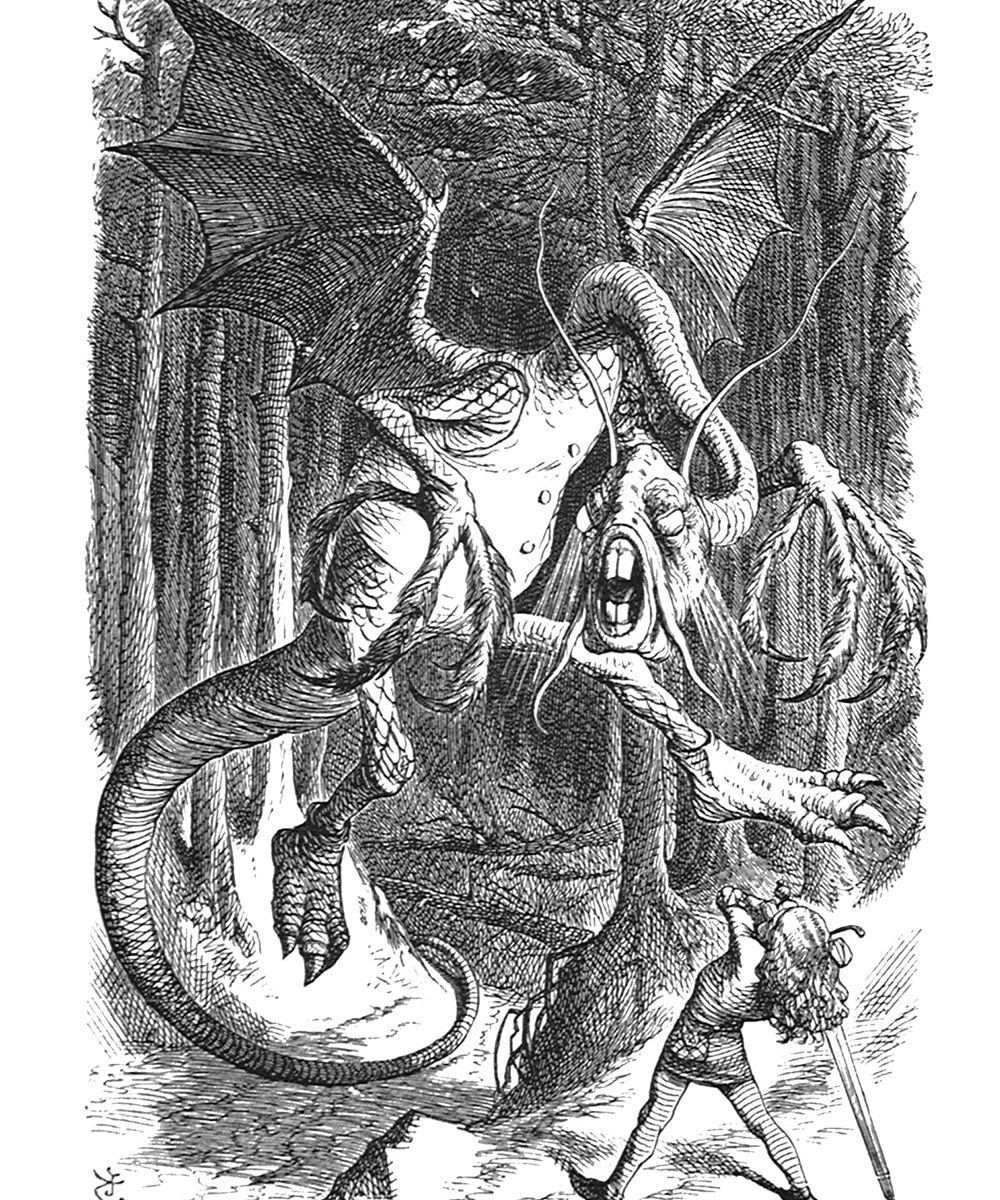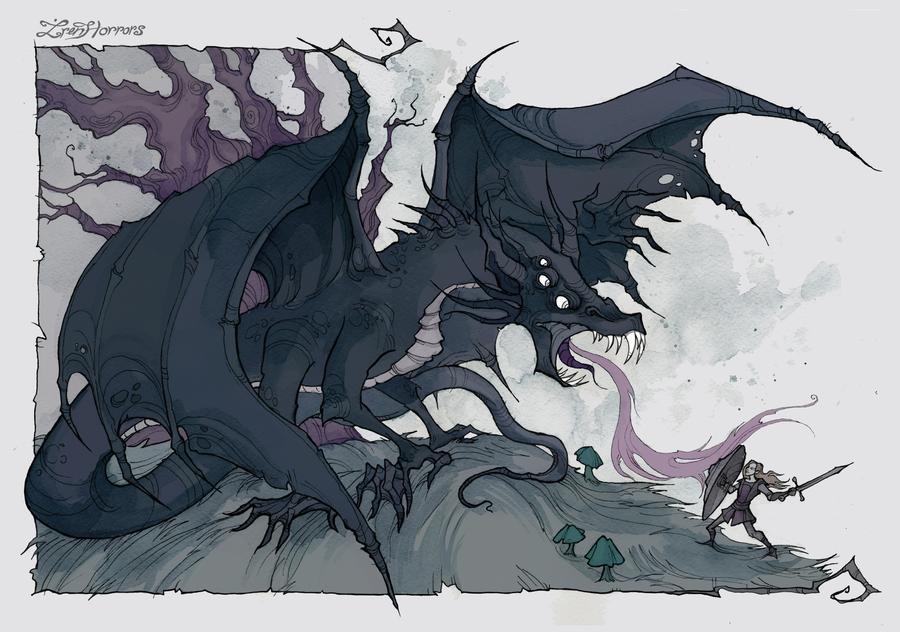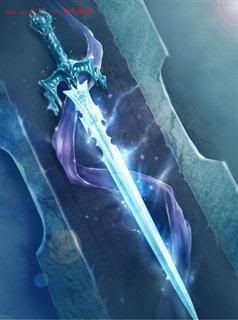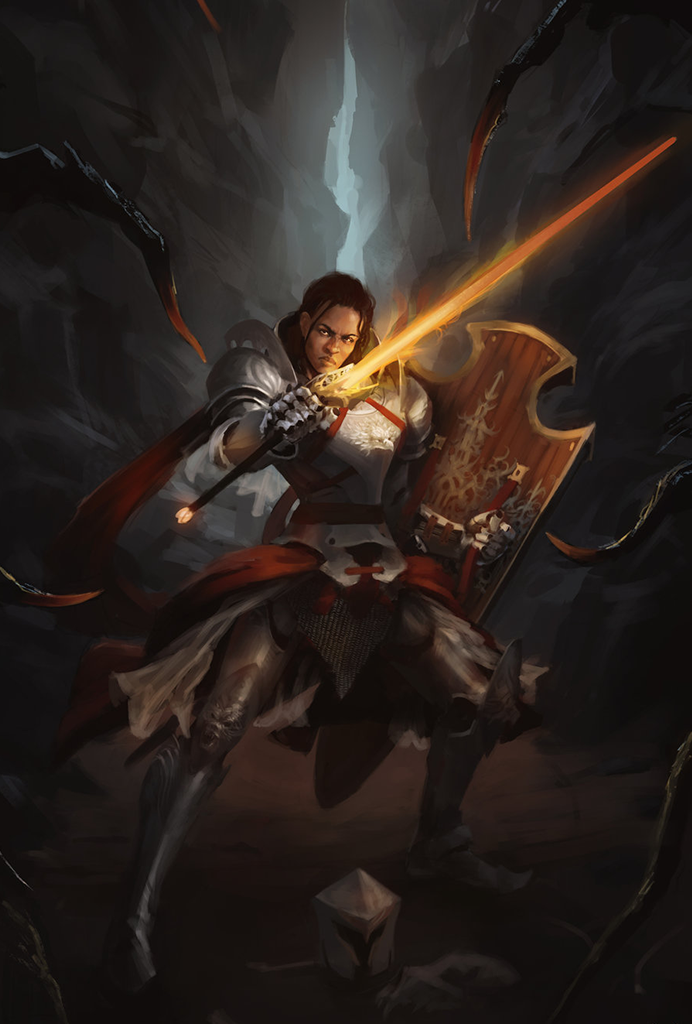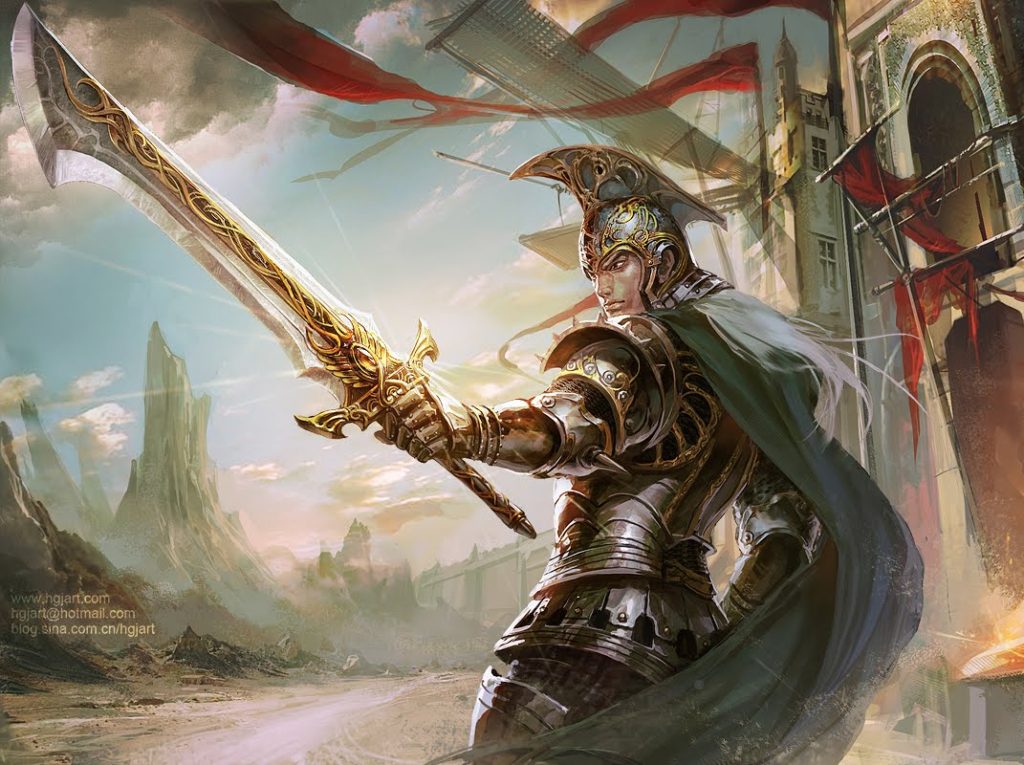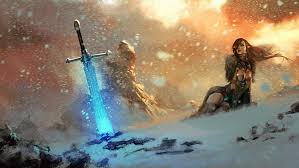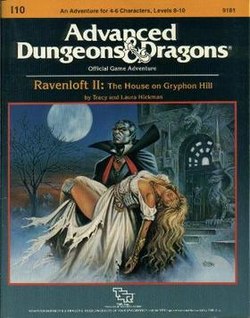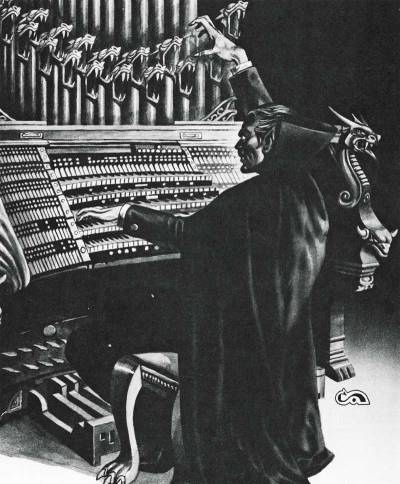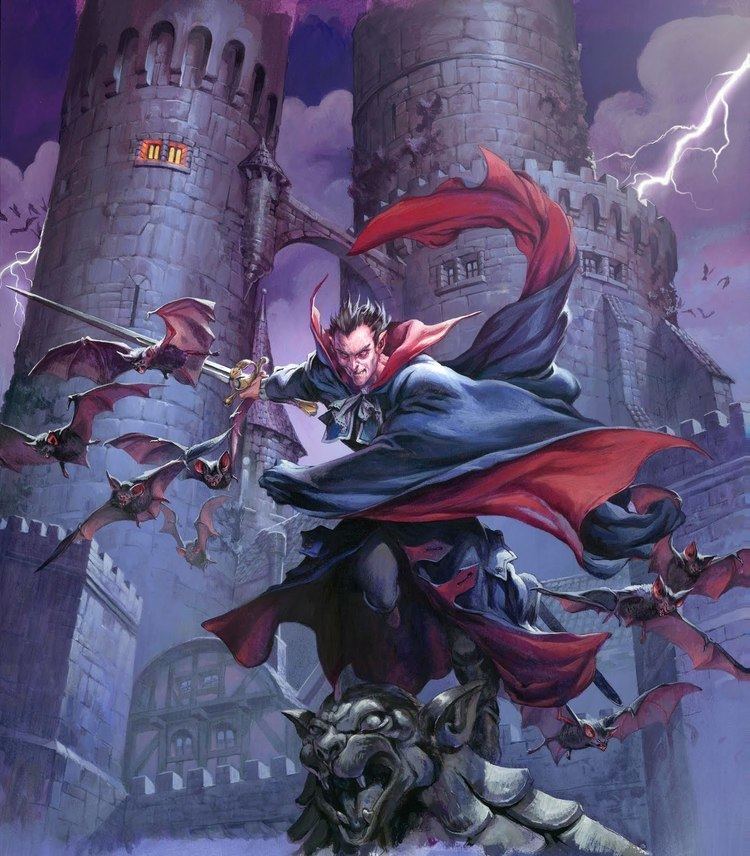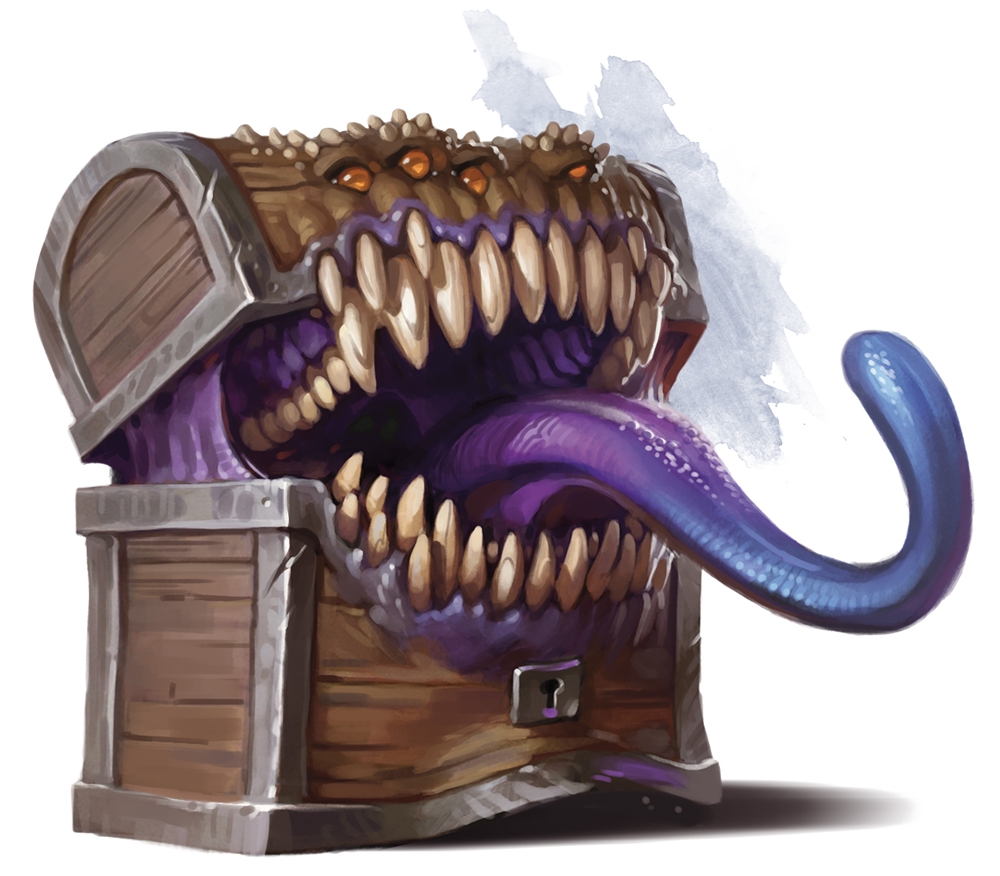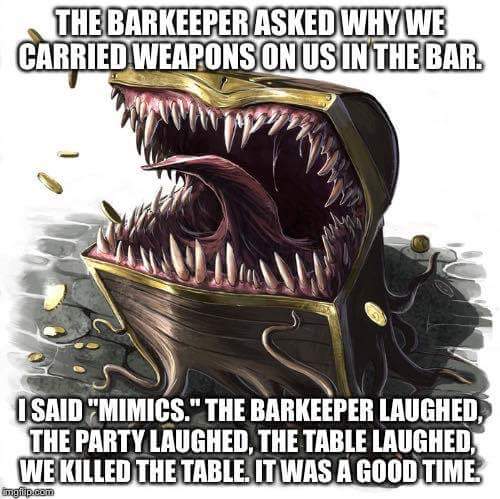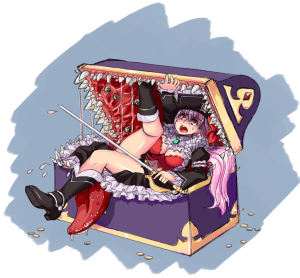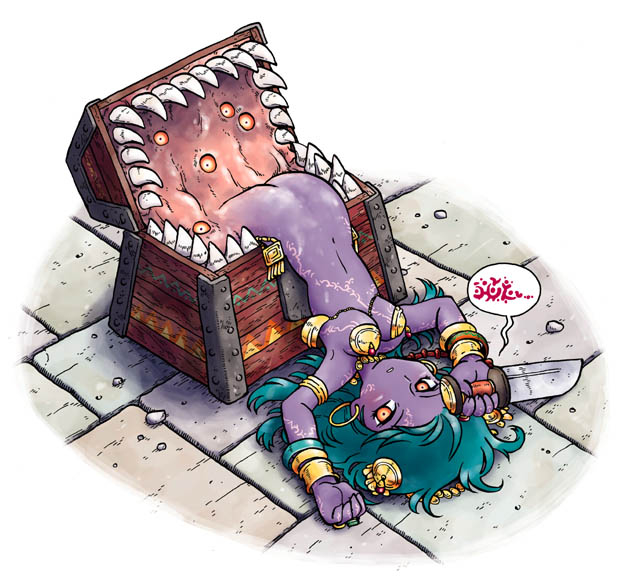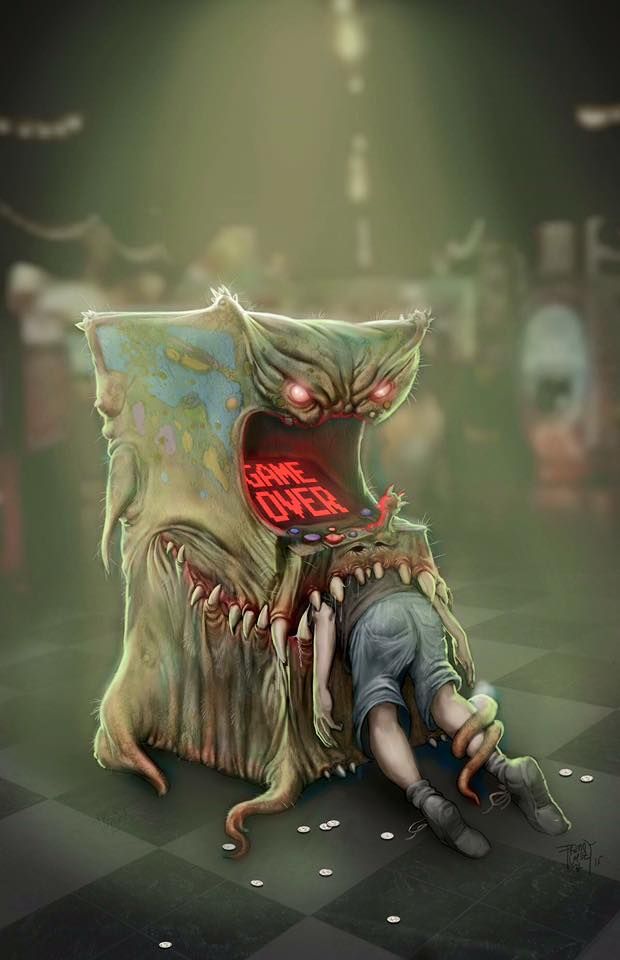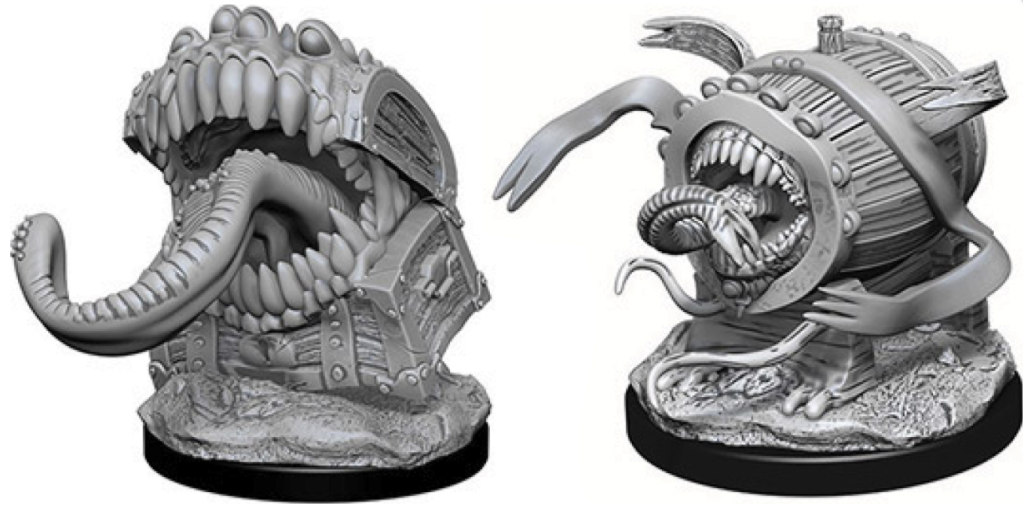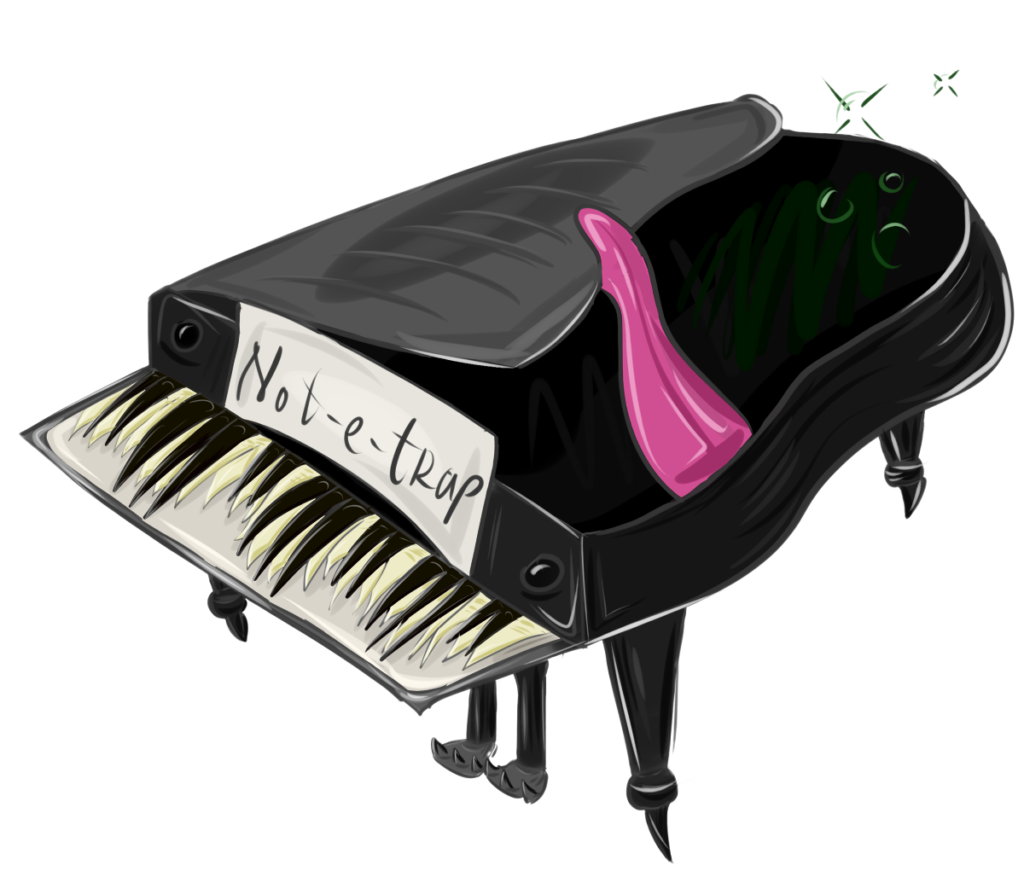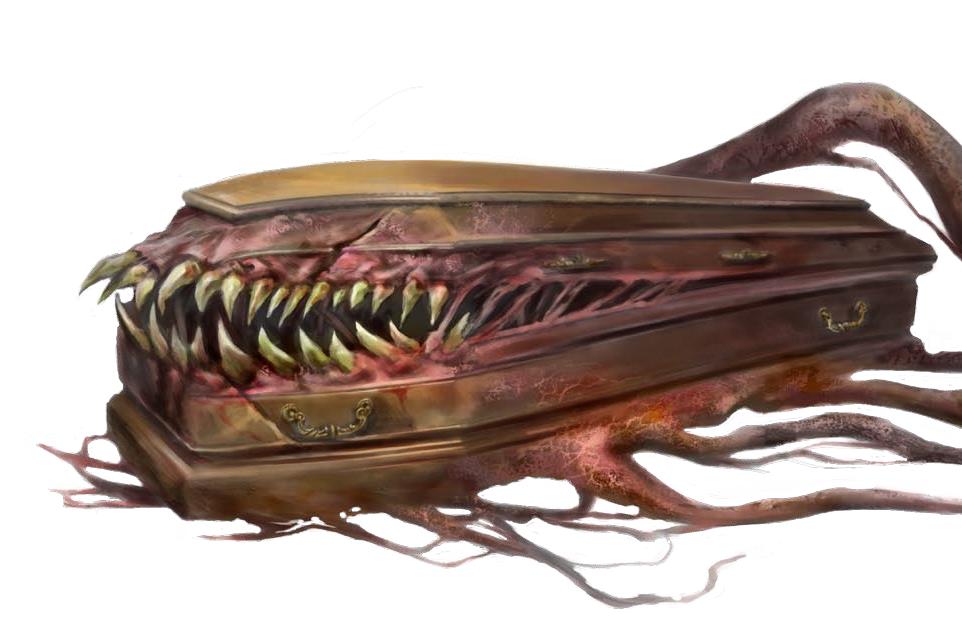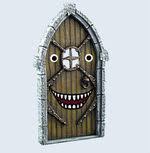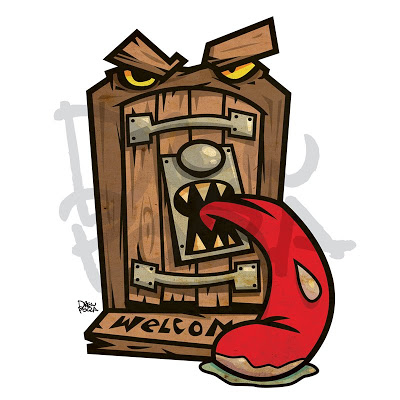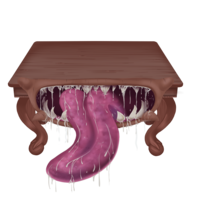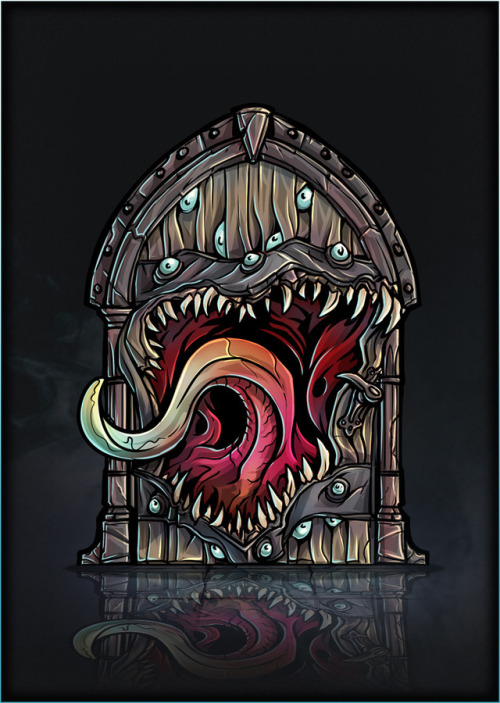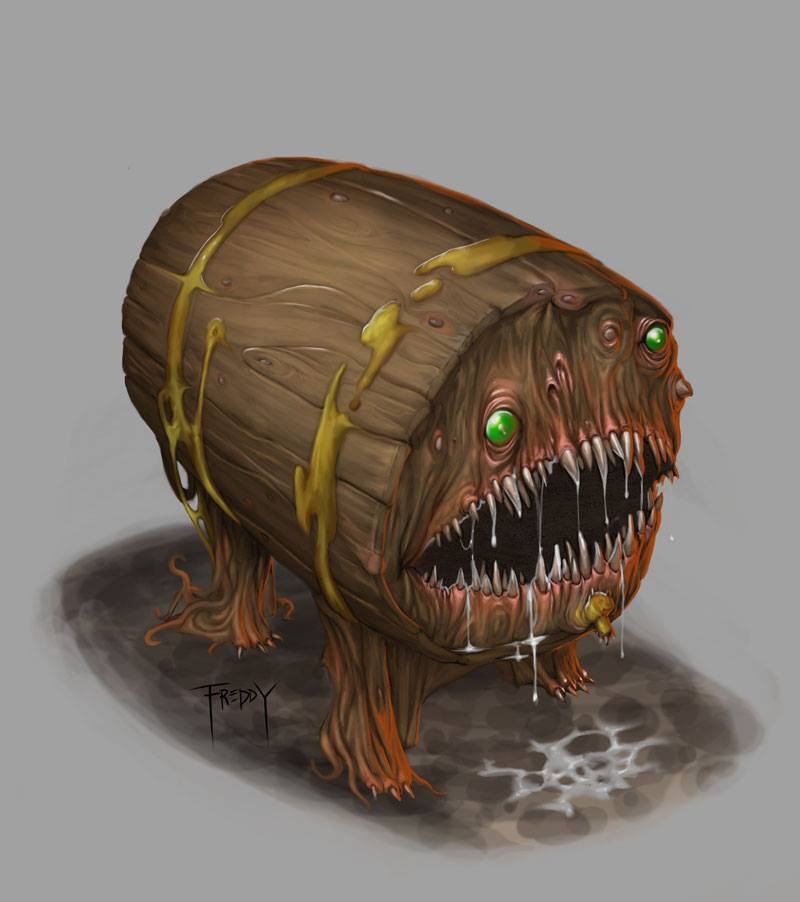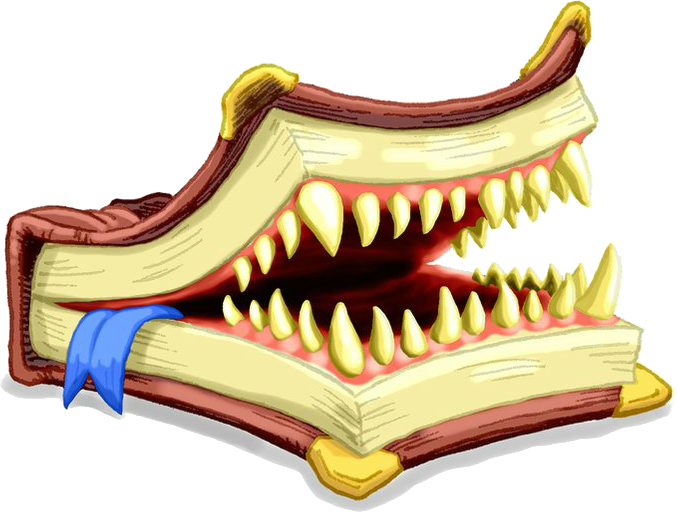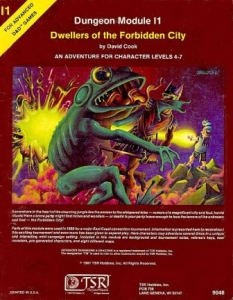The Illhiedrin Book is a Judges Guild Adventure written for use with Advanced Dungeons and Dragons. The author of the module is Daniel Hauffe. It was published in 1981. The adventure is 32 pages long including the covers and maps.
This is an extremely low level adventure. Characters that were just rolled up would find this an appropriate starter module. The adventurers will soon find themselves brought to the tower of a powerful female wizard named Alcastra. She is interested in finding an important book (or at the very least it’s current location). She promises payment and rewards for accomplishing this task for her.
This adventure includes a complete map and description for Alcastra’s tower, a nearby town, a tomb and the tower in which the book is actually located. There are also several notable NPCs offered in the text. These NPCs will come into play as the adventure progresses.
A wizard named Charellsfane is the last person known to have possessed this book. He once lived in a tower but this tower is no longer known to exist. At least… no one knows it’s current location. The wizard Alcastra offers a possible lead as to the location of the tower. She has had some dealings with the high priest of the temple in a town near where the tower once stood. This priest performed the last rites on the wizard Charrellsfane and may well know more than what she has told.
What I like about The Illhiedrin Book
It is a low level adventure. There are few of these really from Judges Guild. Most of their adventures never really state a level range but just about all of them are for levels higher than this one.
It provides a new monster….sort of…..
It does include multiple areas to visit and explore. Most of the encounters are level appropriate. And there are multiple NPCs with designs of their own which may be contrary to that of the adventurers or of the wizard Alcastra.
It is a fairly short adventure. It could be shorter….of course…which I will discuss in the next section.
What I do not like about The Illhiedrin Book
The actual dungeons in this adventure are but a tiny part of the module. This is not that unusual with some of the old Judges Guild modules but it always pisses me off anyway. Out of 32 pages only about six are devoted to areas the adventurers are really going to spend any time exploring. And the actual tower where the book is only consists of about a page and one half of text. And most of those rooms are empty.
Far too much space is devoted to Alcastra’s tower. While I often do include descriptions of good NPC places like this in my own adventure writing I rarely make this part far in excess of the areas the players will actually spend time exploring. After all….are the players going to fight the good NPC wizard who gives them the mission they are to set on? Not likely. So why spend two thirds of the module space talking about that place?
The maps in this place are inconsistent. The map of the Alcastra tower, which is the biggest part of the module, is merely a hand drawn map on graph paper copied into the module. But the tower of Charrrelsfane is actually not hand drawn. It is not spectacular or anything but why hand draw one and not the other? Even the map of the tomb is not hand drawn. It seems kind of strange to me.
I think that the final monster is probably too easy even for a party of new characters. It is two hit dice. Granted….it does have special magical properties which might make it more difficult than a two hit dice creature. It also has no name. Why? It is merely referred to as “the creature.” The picture provided looks like a man with white hair and a beard. So is the creature a man? None of this is explained.
The actual nature of the Illhiedrin book is never revealed. Is it magical? Is it more valuable than what is offered for it’s recovery? Could the adventurers benefit more by not giving it up if they find it?
Would I recommend this adventure to others?
I do not see why I would not recommend it. It is a 1st level adventure for AD&D. First level adventures for AD&D are few and far between. More than likely this adventure would not take more than one or two play sessions to complete. Characters probably would not advance a level after completion.
Would I run The Illhiedrin Book with my own players?
Perhaps. If i were starting with 1st level characters with no experience at all this might be an appropriate adventure to run. The encounters are fairly easy. No one is likely to die unless they get some really unlucky rolls. It is AD&D after all. Bad rolls can definitely kill a 1st level character no matter how well it is played.
If you enjoyed this article then perhaps you will enjoy these as well:
- Caverns of Thracia Review
- The Maltese Clue Review
- Verbosh Review
- Lara’s Tower Review
- Restormel Review
- The Dragon Crown Review
- Escape From Astigar’s Lair Review
- Hall of the Fire Giant King Review
- Glacial Rift of the Frost Giant Jarl Review
- Steading of the Hill Giant Chief Review
- Tegel Manor Review
- F’Deck Fo’s Tomb Review
- Operation Ogre Review
- Inferno Review


